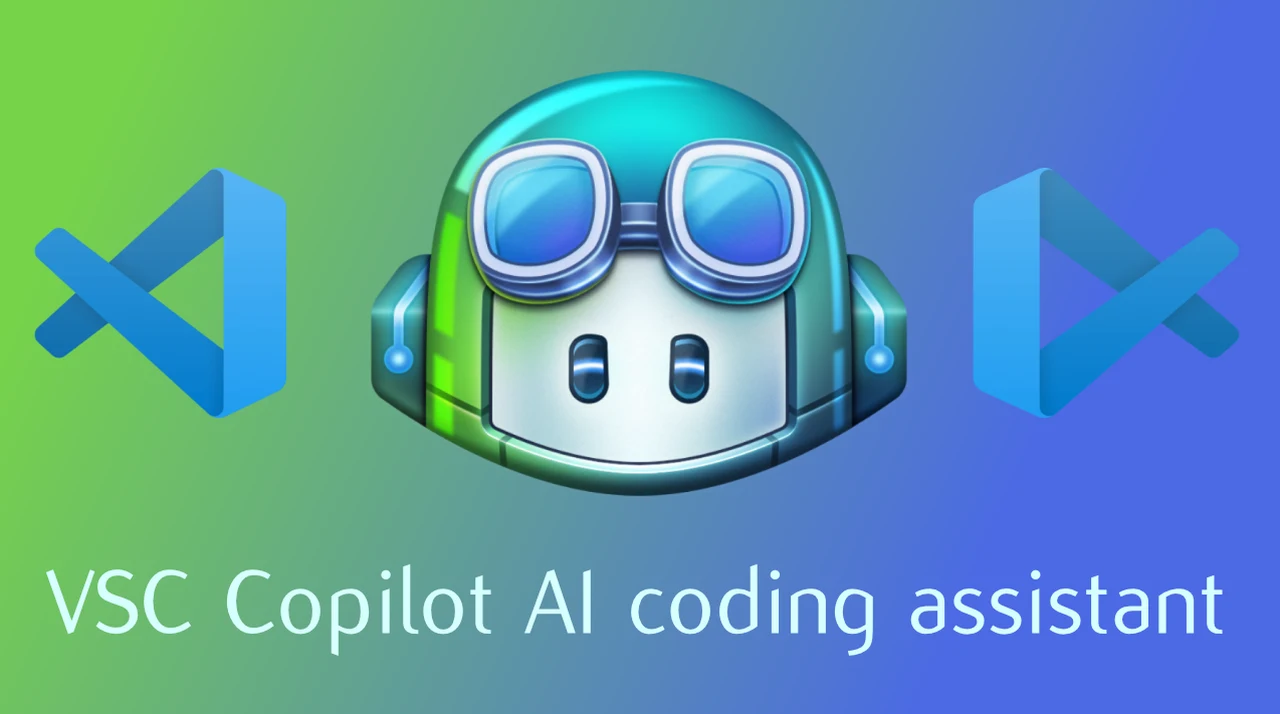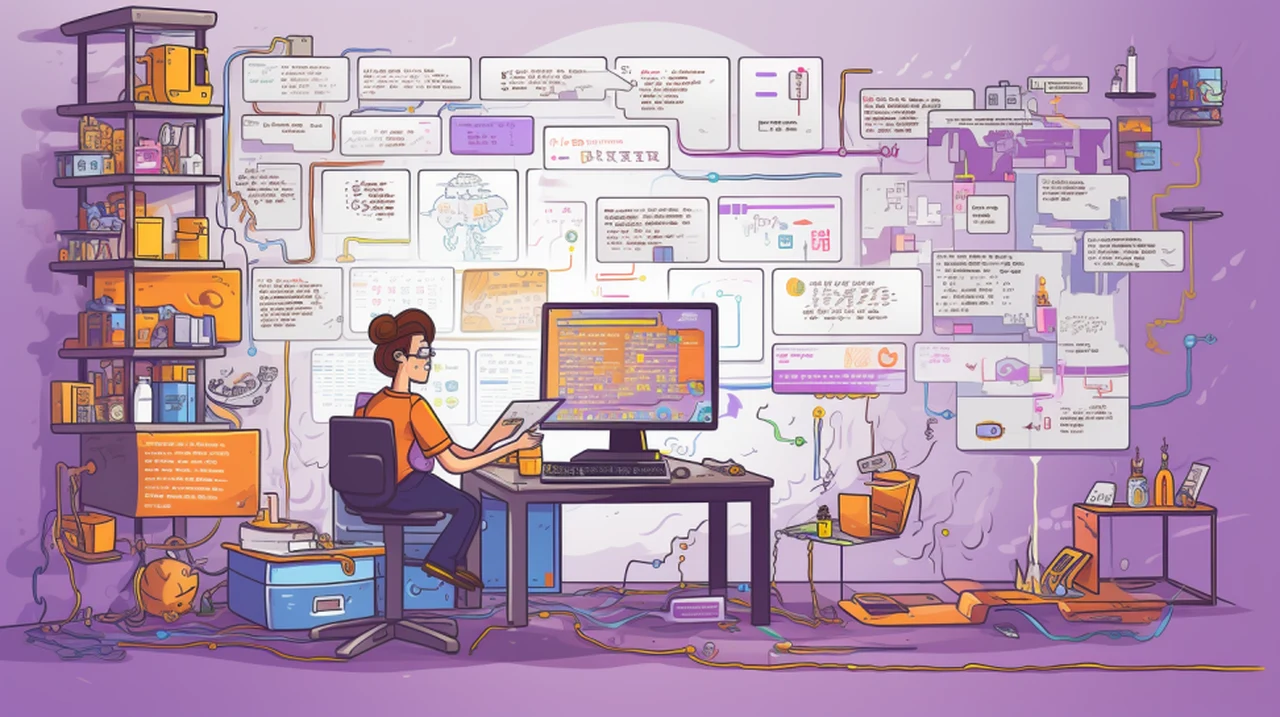
Visual Studio Code has recently rolled out new enhancements to its Copilot extension, which are set to transform the way developers work. These updates are designed to make coding more intuitive and efficient, providing intelligent support that understands the context of your project.
At the forefront of these enhancements is the Copilot Chat, which now features context-aware agents. These AI agents are akin to having a knowledgeable colleague by your side, ready to help you navigate complex code or untangle programming challenges. They’re not just responsive; they’re proactive, offering guidance that feels like a natural extension of your thought process.
Copilot is not just another coding tool; it’s an AI-driven companion that interacts with you in real-time. The Chat feature allows for a text-based conversation with Copilot, giving you the ability to ask for code examples, clarify doubts, and seek advice without leaving your coding environment. This seamless integration is aimed at streamlining your workflow and enhancing your productivity.
New Copilot chat features
Here are some other articles you may find of interest on the subject of AI coding assistants :
New Microsoft Copilot AI coding assistant features
- When dealing with complex code or large repositories, the Chat feature of Copilot becomes particularly useful. It can help unravel complicated data structures and navigate through extensive codebases. This makes Copilot a valuable asset when you’re trying to quickly get up to speed with new projects.
- The introduction of slash commands is a significant step forward, allowing you to perform actions or ask questions quickly. For example, simply typing “/build” can trigger the build process for your application, all without leaving the chat interface. This seamless integration of commands into the chat streamlines your workflow and keeps you focused on coding.
- Another key update is the hash command, which provides instant access to contextual help. By entering a hash symbol followed by a command, you can pull up instructions relevant to your current task, such as running your project as outlined in the README file. This feature makes it easier to find the information you need without breaking your stride.
- For those who manage their code with version control systems, the new automated commit message generation is a boon. Copilot can now suggest commit messages that accurately reflect the changes you’ve made, helping to maintain a clear and informative project history.
- The VS Code Speech extension is a groundbreaking addition for developers who prefer or require voice commands. This speech-to-text functionality allows you to dictate commands to Copilot, which could not only improve accessibility but also speed up your coding process.
- The inline chat feature is another innovation that keeps track of your session’s context. It offers personalized code snippets and can even calculate local times based on your previous interactions, ensuring a more consistent and customized coding experience.
- When you run into errors in the terminal, Copilot now steps in with quick fixes and explanations. This feature is invaluable for learning from your mistakes and avoiding similar issues in the future, enhancing your coding skills with each session.
- The update has also improved interactions with code blocks for shell languages, including a “run in terminal” action. This makes it much easier to test and debug scripts right from the editor, saving time and simplifying the development process.
- The terminal has also been upgraded to offer enhanced command suggestions. With a simple keyboard shortcut, you can now access a curated list of shell command recommendations, which can increase your productivity and introduce you to new command-line techniques.
How to use Copilot chat
Integrating an AI assistant like Copilot into your development process might seem intimidating at first, especially for experienced developers with established routines. It’s important to consider how Copilot can fit into your existing practices and whether it will improve your efficiency. The goal is to ensure that the tool complements your workflow rather than complicates it.
Copilot also offers voice interaction, catering to those who prefer speaking to typing. This feature provides an additional method to communicate with the AI, making the tool even more accessible. Moreover, user feedback is crucial for the ongoing development of Copilot. By sharing your experiences with the tool, you help shape its future, ensuring that it meets the needs of the developer community.
The Chat feature of Copilot is a significant step forward in the realm of AI-assisted coding. By utilizing directives like “@workspace,” you can tailor the AI’s assistance to your specific project needs. This could make Copilot an indispensable part of your development toolkit. However, it’s vital to remain mindful of how it fits into your workflow and to contribute to its continuous improvement through your feedback.
Filed Under: Guides, Top News
Latest timeswonderful Deals
Disclosure: Some of our articles include affiliate links. If you buy something through one of these links, timeswonderful may earn an affiliate commission. Learn about our Disclosure Policy.



